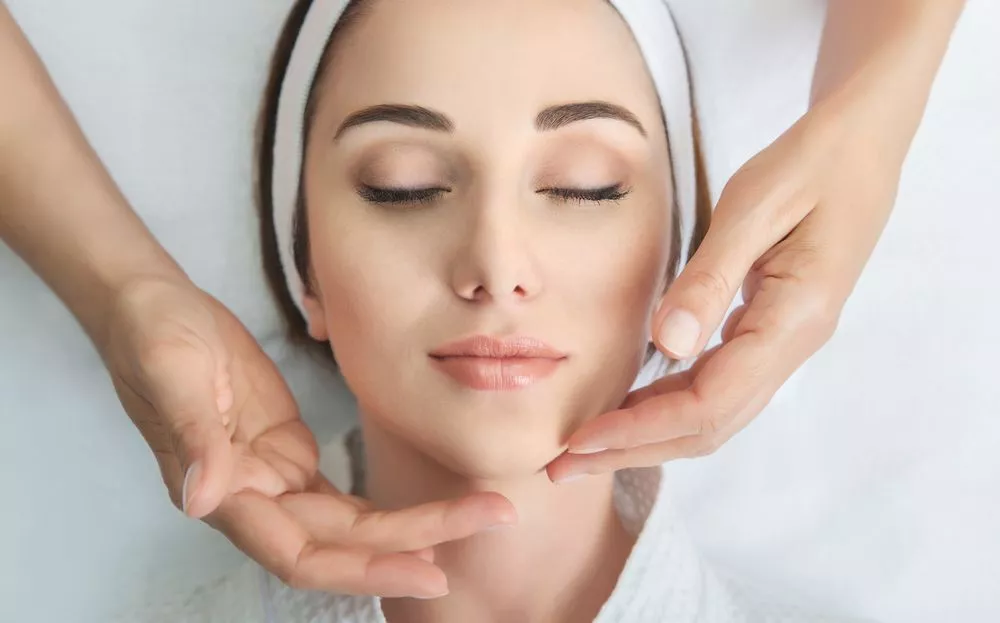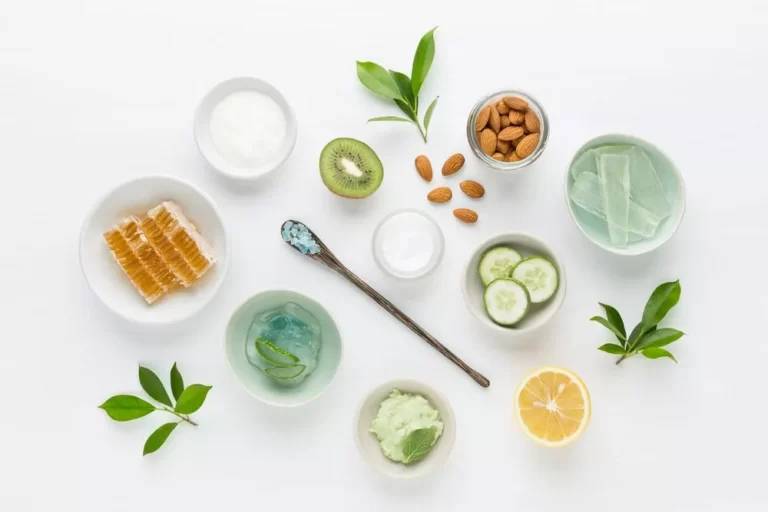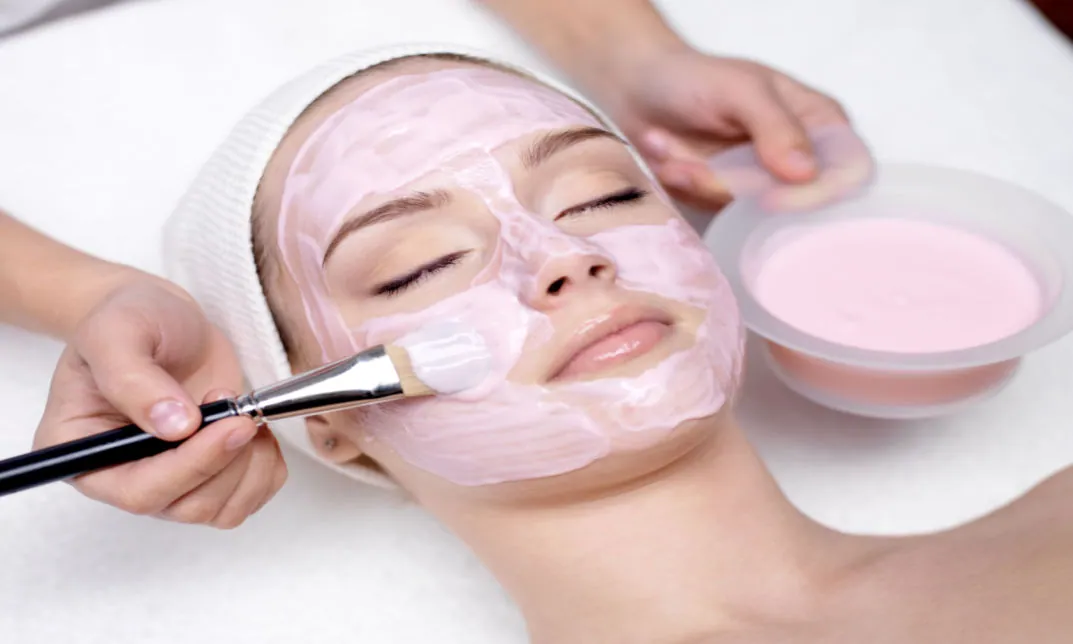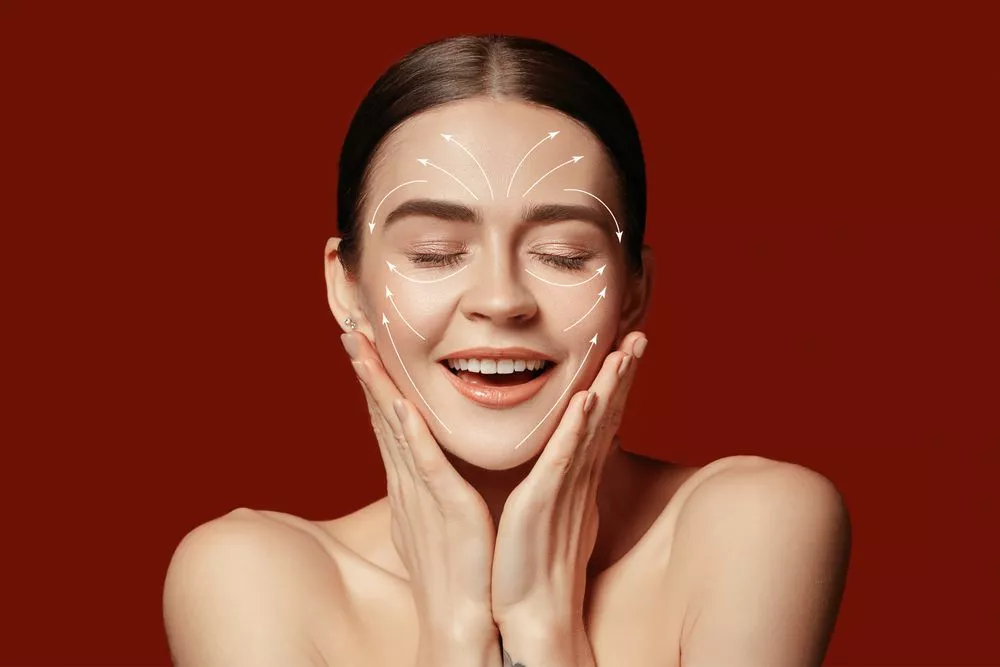No products in the basket.
Introduction
Are you interested in facial Services? Also, want to know more about its Benefits? If you want to expand your knowledge about facial services and want to make a career out of it by becoming a facial specialist then this blog post will be beneficial for you. From basic cleansing facials to more advanced treatments, we’ll cover all you need to know about facials and their services in this blog.
What Is Facial?
A facial is a cosmetic procedure that aims to revitalise and rejuvenate the skin of the face. Cleaning, exfoliating, steaming, extractions, massage, and mask application are all part of the procedure. Facials aim to improve the appearance and health of the skin. Hence, by removing dead skin cells, unclogging pores, and feeding the face with necessary nutrients.
Customised facial treatments can address particular skin conditions. such as fine lines, wrinkles, acne, hyperpigmentation, and dullness. A facial for acne, for example, can involve deep washing, exfoliation, and the use of a salicylic acid peel to help unclog pores and minimise outbreaks. Professional estheticians or skincare professionals can provide facial treatments in a spa or salon setting.
They usually take place once a month in order to keep the skin healthy and looking beautiful. Facials can help relieve stress and promote relaxation in addition to enhancing the appearance and feel of the skin.
In general, facials are an excellent way to revitalise your skin and improve your overall well-being. A facial may help you attain a cleaner, brighter, and more youthful complexion. whether you want to cure a specific skin condition or simply want to indulge yourself.
How Many Individual Facial Types Are There?
There are seven fundamental face forms:
- OVAL: The oval face shape is similar to the shape of an egg. It is considered an ideal face shape.
- ROUND: A wide hairline and fullness below the cheekbones describe the round face form. These facial forms complement longer hair, which lengthens the face. Long layers flatter this face shape the best
- SQUARE: A wide hairline and square jawline describe the square face form. The square-shaped face requires height on top and narrowness on the sides. The square face shape includes a sharp jawline.
- DIAMOND: The diamond face shape is identifiable by a narrow chin and forehead, as well as prominent cheekbones.
- HEART: This face shape is characterised by a broad forehead and slim chin. Including fuller cheekbones, and a long chin
- PEAR: A petite or narrow forehead and a wide jawline distinguish the pear face form, often refer as the triangle face shape. Longer hairstyles may assist in concealing a prominent jawline.
- OBLONG: A long and narrow cheekbone structure defines this face feature.
What Are the Advantages of Routine Facials?

- Improved Skin Texture: Facials can help enhance your skin’s texture and general look. Mild exfoliation and thorough washing remove dead skin cells, leaving your skin smoother and brighter.
- Hydration: Facials may help hydrate your skin. Which is necessary for maintaining a healthy and youthful appearance. Hydrated skin is less resistant to wrinkles and fine lines, and it has a more radiant and glowy shine.
- Acne and breakouts are reduced: Facials can help to reduce acne and breakouts. By removing impurities and unclogging pores, the risk of developing new pimples declines and existing acne cures faster.
- Relaxing Facials: Relaxing facials can help relieve stress and enhance overall well-being. The treatment’s pampering aspect can assist in relieving your mind and body, leaving you feeling refreshed and renewed.
- Preventative Care: Regular facials can help prevent skin damage caused by environmental causes. Including sun exposure, pollution, and stress. You can avoid premature ageing and other skin issues by encouraging healthy skin.
Finally, regular facials provide several advantages for your skin and general health. Regular facials can help you reach your desired outcomes, whether you want to improve the texture, increase moisture, or prevent skin damage. So, to keep your skin looking and feeling its best, incorporate a monthly facial into your skincare routine.
What Are The Purposes of Different Kinds of Facial Masks?
Facial masks are used for a variety of functions, including:
- deep cleansing by entering the pores
- Repairing acne scars or hyperpigmentation
- Brightening by gradually illuminating the skin tone.
Facial masks can also treat anti-ageing, acne, crow’s feet, under-eye bags, sagging lids, dark circles, puffiness, and other skin conditions. Some masks tend to dry or solidify on the face, similar to plaster.
Others are meant to stay moist. A face mask treatment’s effects include rejuvenating, healing, and invigorating. They may provide temporary advantages. So, there is little to no objective proof that the numerous current face treatments have any long-term advantages.
Masks disappear by washing them with water, rubbing them with a damp cloth, or peeling them off. The time spent wearing a mask varies depending on the type of mask and the manufacturer’s guidelines. The duration might range from a few minutes to several hours.
Those with sensitive skin should first try the mask on a tiny section of their skin to check for irritations. Some face masks should not be used regularly.
Masks are available in a variety of sizes and forms, ranging from drugstores to department shops. Setting masks include:
- clay, which has a thicker consistency and will pull impurities (and sometimes natural oils) from the pores.
- A cream, which stays damp to hydrate the skin.
- sheet-style, in which a paper mask is dampened with liquid to tone and moisturise the skin.
- A hybrid clay and cream form that includes small beads for removing dead surface skin cells.
What Are Some Skincare Ingredients Used in Facials?

- Alpha-hydroxy acids (AHA): Alpha-hydroxy acid creams and lotions may help with fine lines and wrinkles, uneven pigmentation, and age spots. It may also aid in the reduction of enlarged pores. Alpha-hydroxy acids can cause minor discomfort and sun sensitivity.
- Glycolic acid: This AHA exfoliates the skin and stimulates collagen formation (the protein that strengthens connective tissue). It not only helps cleanse your pores and smooth fine wrinkles, but it can also help moisturise your skin. Dermatitis undergoes regular therapy with creams and lotions containing this ingredient. Thus, cleansers containing this ingredient can aid in the removal of blackheads.
- Lactic Acid: Lactic acid is an AHA that is created by muscle and red blood cells. Products containing this component, like glycolic acid, can help with exfoliating. while others can help with hydrating your skin.
- Hydroquinone: Skin care treatments containing hydroquinone typically refer to as bleaching creams or lightening agents. These skincare products are meant to minimise hyperpigmentation.
- Retinol: Acne and acne scars, uneven pigmentation, fine lines and wrinkles, skin texture, tone, and colour, and skin moisture levels are all subject to retinol.
- Dimethicone: The second most frequent silicone-based component in moisturisers. If you have dry skin, moisturisers containing this chemical might be therapeutic, especially in the winter. This non-toxic substance can aid in scar tissue reduction and make your skin feel extremely smooth.
Tips for Aftercare Facial Treatment
Here are some fundamental skincare practices. To implement immediately following a facial treatment for longer-lasting results:
- Applying makeup or other facial products for at least one day after your treatment is advisable. Applying makeup or layering on face products like moisturisers or serums shortly after a facial not only weakens the results of the facial but also clogs your pores and congests your skin.
- For at least two days following your treatment, avoid picking at your skin or using harsh skincare products like scrubs. It is normal to have some redness or irritation following a facial or extraction.
- Avoid direct heat for at least one or two days following your treatment. Sunbeds, saunas, and hot tubs may all provide direct heat. Moreover, avoid sunbathing on the beach soon after a facial since your skin is raw and sensitive at this time and may not be secure from the sun’s harmful UV rays.
- You should only get one facial or skincare treatment at a time. This is critical regardless of whatever areas of your skin are being receiving therapy. Setting a proper time interval between face treatments, in addition to allowing your skin to breathe
- Avoid smoking and consuming alcohol. Cigarette smoke contains particles that can clog your pores, and your face pores are typically bigger after a facial treatment and can readily capture smoke particles.
Body Massage
“Body massage” refers to the techniques. These techniques include skills that are used in certain body parts to reduce tension or any body pain. Several body massages are performed only by professionals. Such as
- Indian body massage
- Swedish body massage
- Chinese body massage
- Sports body massage
- Thai Special Massage Spa
Massages and spas which offer many benefits should be performed by a professional to reduce any life-threatening risks. Massage includes pressing, stroking, and manipulation of your skin, muscles, tendons, and ligaments. Which range from gentle stroking to firm pressure. Thus, massage provides several physical, mental, and emotional advantages, including stress reduction, improved circulation, pain relief, and relaxation.
Summary
A facial is a relaxing and rejuvenating spa treatment that targets the face and neck to improve the appearance and health of the skin. Facials can offer benefits such as hydration, reduced appearance of fine lines and wrinkles, and improved skin texture and tone. Regular facials can help you reach your desired outcomes, whether you want to improve the texture, increase moisture, or prevent skin damage.
So, to keep your skin looking and feeling its best, incorporate a monthly facial into your skincare routine. Regular facials can also help promote healthy skin cells and increase circulation, allowing your skin to take in more oxygen, as well as get rid of toxins
FAQ
What are the possible side effects of facial services?
Irritation: Redness and hyperpigmented skin are the most common adverse effects of a facial. This might be due to the exfoliation pressure as well as any extractions or chemicals utilised during the procedure.
Breakouts: Bacteria that penetrate the skin during a facial are frequently the cause of post-facial outbreaks.
Scarring: Aestheticians risk damaging the client’s outer skin layer when they use their fingers or tools to remove impurities from pores. Extraction with too much force may result in wounds and bleeding.
Dryness: Exfoliating the client’s skin and bringing the freshest layer of skin to the surface is one of the key purposes of a facial. However, excessive exfoliation may be harmful.
What is the difference between Specialists vs. at-home facials?
Specialists: Facial specialists are knowledgeable professionals who operate in a salon or spa setting. Use high-quality items and equipment. Extractions, face massages, and personalised skin treatments are among the services available.
At-home facials: Individuals can do this in the privacy of their own homes. Over-the-counter goods and equipment generally refer to uses. Provide a simple washing and moisturising procedure. Both approaches offer advantages and drawbacks; therefore, it is up to the individual’s skin needs and personal preferences.
How to enhance the impact of facials with a good skincare routine?
A good skincare routine includes the following: cleaning, which is the process of eliminating dirt and impurities from the skin. Exfoliating is the removal of dead skin cells to reveal fresh, new skin.
Moisturising: moisturise and feed the skin to keep it supple. Sun protection: shield your skin from damaging UV rays to avoid premature ageing and skin damage. Get frequent facials to deep cleanse, exfoliate, and revitalise your skin. Proper skin care is essential to keeping your complexion looking healthy and vibrant





